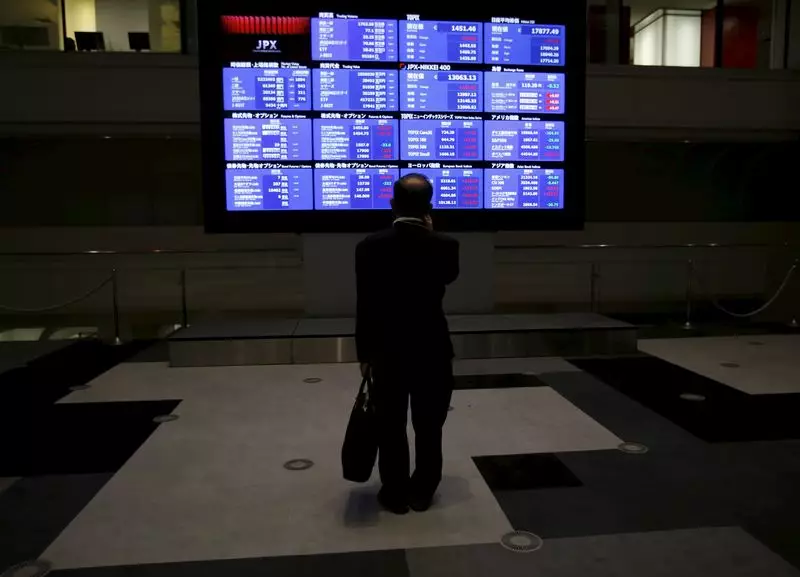The financial markets across Asia exhibited little activity in early trading on a Monday marked by a thin holiday backdrop. Investors appeared skittish, particularly in the wake of recent announcements regarding potential economic stimulus measures from the Chinese government. While Minister of Finance Lan Foan had pledged to “significantly increase” debt in an effort to bolster the economy, the vague details surrounding the actual size and scope of the stimulus left many traders uncertain about the future trajectory of the markets. A clear roadmap had been anticipated, but its absence made investors wary.
Chinese equities experienced a noteworthy upsurge in recent weeks owing to the government’s commitment to its most assertive economic stimulus measures since the onset of the pandemic. Nonetheless, this bullish momentum has been tempered as the market grows restless, awaiting further clarification on the proposed support measures. Financial analysts are vocal about the potential ramifications of the latest economic pledges from the Chinese authorities. Ray Attrill, head of FX strategy at National Australia Bank, highlighted the risks of market disappointment given that no explicit figures were presented during the Ministry of Finance’s briefing over the weekend. The looming question remains whether the anticipated fiscal loosening will provide sufficient direct support to consumers and businesses alike, or if it will merely serve as another vague assurance.
Recent economic indicators have painted a bleak picture for China’s economic recovery. Consumer inflation eased unexpectedly in September, presenting a dual challenge as producer price index data indicated deeper deflation. These trends have exacerbated calls for more proactive intervention by the Chinese government, and analysts noted that such data would likely heighten the urgency among policymakers to implement concrete stimulus measures. In light of these developments, the offshore yuan experienced a slip, down 0.2% to 7.0842 per dollar. Furthermore, the Australian dollar, known for reflecting trends in the Chinese economy, also saw minor declines.
While the ongoing discussions around stimulus have fueled speculation, more conservative analysts like those at Goldman Sachs have chosen to slightly revise their growth forecasts for China. They have raised their predictions for China’s gross domestic product (GDP) growth this year to 4.9% from the previous estimate of 4.7%. However, the overarching view remains that fundamental challenges are still at play. Key issues such as declining demographics, long-term debt management, and reshaping global supply chains are concerns that current policy maneuvers are unlikely to resolve.
The broader global markets displayed caution as trading volumes remained subdued. Key indicators from the U.S. market showed that futures for major indices were experiencing slight declines, with S&P 500 futures down 0.05% and Nasdaq futures falling 0.1%. The Eurozone markets were not immune either, as EUROSTOXX 50 and FTSE futures also reflected minor losses, each easing by 0.1%. Contributing to this overall sentiment was a growing consensus among traders who appear to have moved away from expectations of significant interest rate cuts from the Federal Reserve in light of recently positive labor market data and a slight uptick in consumer prices.
The oil markets also felt the pressure from these mixed economic signals. Oil prices dropped more than $1 per barrel, driven by concerns about demand fueled by the lack of clarity around China’s stimulus plans. Brent crude futures saw a decline of approximately 1.39%, landing at $77.95 a barrel, while U.S. West Texas Intermediate crude slipped 1.4% to close at $74.50. Furthermore, gold faced a modest decline, decreasing by 0.35% to $2,646.63 an ounce, further indicating the market’s cautious stance.
As traders grapple with uncertainty and await a more definitive announcement regarding stimulus, the focus will remain on whether the Chinese government will articulate a comprehensive support strategy. The sentiment prevailing in the markets may change once concrete details are shared, and investors begin to feel more assured about the immediate economic outlook. Until then, the current state of hesitation is likely to persist.

